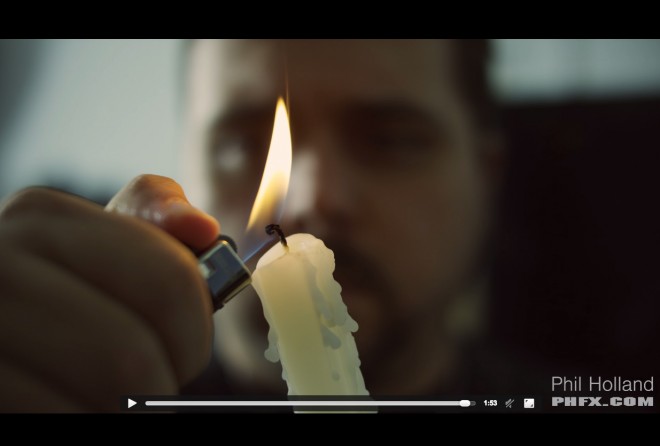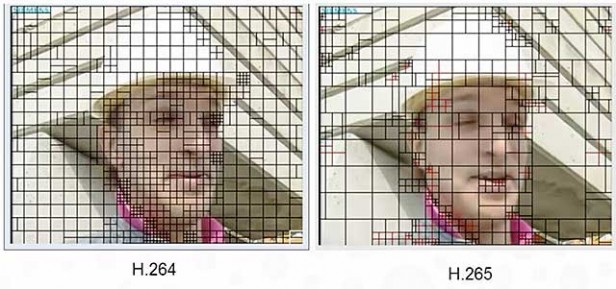
Download 6K Red Dragon footage by Phil Holland, compressed to 4K at 15Mbit/s with Google VP9 codec.
To play the video you can use the latest VLC Player or Google Chrome.
The H.265 codec has a rival – YouTube are currently testing the next generation “H.265 beating” VP9 codec for high quality 4K streaming.
The file you see linked to above is nearly 2 minutes of 4K clocking in at under 200MB. The quality is astounding for 15Mbit/s and that in a nutshell is what the next generation codecs are all about. The new codecs have the potential to give us ProRes 4444 quality for 1% of the file sizes and make streaming of 4K video over current internet connections a reality.
The VP9 codec is developed by Google and already has the backing of Panasonic, Sigma, Sony, ARM and others. Interesting to note Sigma in that list!
At CES earlier this year it was largely ignored that YouTube were demonstrating 4K video. 4K has been around for a while on YouTube but at CES there was a major difference…
Google were testing their VP9 codec to stream 4K content.
This codec is a major powerhouse. When you look at the current codecs we use, be it for acquisition, editing or delivery – they are all rather dated. ProRes and the current H.264 standard were devised at a time when CPUs were far slower. With the power we have today, encoding can get really clever and give us a huge compression ratios with minimal loss of quality.
The better codecs can be used to deliver high image quality 4K content over standard internet connections or it can be used to deliver ProRes 4444 standard 10bit 4K image quality in file sizes that are a fraction of what they are now, even on the GH4 with H.264!
Unlike H.265 which has licensing fees, VP9 is an open source standard free to use and license.
VP9 started off as a commercial project at O2, the telecommunications company now owned by Telefonica. Google purchased the technology and began developing it further, but rather than seek licensing fees from the technology they have made it open source to encourage uptake and development. Manufacturers are now developing the necessary custom hardware chips that do the heavy lifting of encoding and decoding.

Both Apple and Google share one thing in common despite their bitter rivalry in the smartphone market – they’re both really pushing open standards. This is a very commendable because it’s essential the technology underpinning the internet does not get tied up with legal or private claims over ownership.
It will be very interesting to see which next generation codec wins on performance and which gets the most support. It isn’t always the best technology that has the most uptake and the most applications of it. If for example H.265 is cheaper to implement in hardware and requires less processing power it is likely H.265 will win the battle in the long run even if VP9 offers better quality for the same bitrate. On the other hand Google’s role in developing VP9 and the lack of licensing fees could really push it in front of H.265.
Google of course own YouTube and with Search can start streaming video directly in search results and offering a much more media-rich experience through standard web browsers. They also have their own mobile platform with Android which could push VP9 as a new video standard.
A big reason why H.264 is the current standard for DSLR video modes is because it is also the standard for the internet. It’s vital to have compatibility with as many channels as possible, especially YouTube and Google.
At the moment the VP9 codec is rolling out into a variety of applications but not yet any cameras. I suspect we won’t be seeing VP9 before H.265 in cameras, but watch this space. I expect companies like Sony and Panasonic to make their own proprietary standards of H.265 they have done in the past for H.264. Sony XAVC for instance is a fancy name for H.264 and AVC Ultra from Panasonic is also the same codec but with support for things like 10bit 4:2:2 and 4K resolution, which are now in the latest version of the open H.264 spec anyway.
VP9 has already been rolled out into a few existing products though…
In August 2013, Google Chrome was released with final VP9 support. In October that year, FFMPEG implemented the codec (this is the open source engine behind some NLEs and and playback software like VLC Player). Incidentally FFMPEG now has Magic Lantern Video (MLV) raw support as well, another open source codec.
The latest developments for VP9 revolve around ARM who provide CPUs for various smartphones such as the iPhone and some cameras…
As of January 2014 the company demonstrated a VP9 decoder by Ittiam running on an ARM processor. Both Google and ARM collaborated with Ittiam to create the decoder, which decodes VP9 video but only at up to 1080/30p.
So although 4K VP9 decoding (playback) let alone encoding (recording) is not there yet on mobile devices and cameras, progress is looking swift.


